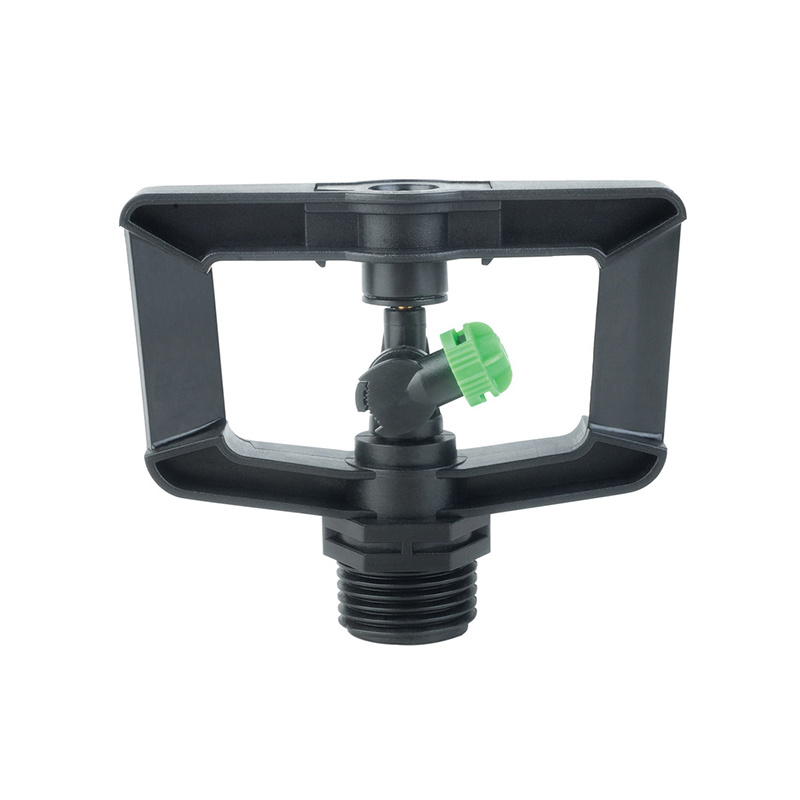Maximize Your Yield with Efficient OEM Garden Drip Irrigation Systems
Benefits of Drip Irrigation Systems
1. Water Efficiency
The most significant advantage of drip irrigation is its ability to conserve water. Unlike traditional methods that often lead to water wastage through evaporation and runoff, drip systems deliver water directly to the plant base. This targeted approach results in up to 60% water savings.
2. Improved Crop Health
Drip irrigation encourages healthier plants by providing consistent moisture levels, which is critical for optimal growth. By reducing water stress, plants can develop strong root systems and produce higher yields.

3. Reduced Weed Growth
By limiting water delivery to the plants themselves, drip irrigation effectively reduces the moisture available for weed growth. This means less competition for nutrients and water, leading to healthier crops.
4. Precision Fertilization
Many drip irrigation systems can integrate with fertilization methods, allowing farmers to apply nutrients directly to the root zone. This fertigation technique enhances nutrient uptake and can lead to better growth and crop quality.
Components of OEM Drip Irrigation Systems
Understanding the components of an OEM garden drip irrigation system is essential for effective implementation. Here’s a breakdown of the key parts:
1. Mainline and Submainline Tubing
The mainline carries water from the source to the distribution points. Submainline tubing branches off from the mainline to deliver water to specific areas of the garden.
2. Emitters
Emitters are crucial components that control the flow of water to each plant. They come in various flow rates and types, enabling customized water delivery based on plant needs.
3. Filters
To prevent clogging, filters remove impurities from the water supply. High-quality filtration ensures the longevity and efficiency of the irrigation system.
4. Pressure Regulators
Pressure regulators maintain consistent water pressure throughout the system, preventing damage to emitters and ensuring even water distribution.
How Drip Irrigation Works
Drip irrigation systems operate through a combination of gravity and pressure. Water from a source (such as a reservoir or municipal supply) flows into the mainline tubing. As it passes through the pressure regulator and filter, it is evenly distributed through the submainlines and emitters.
Each emitter releases water at a predetermined rate, ensuring that each plant receives the right amount of moisture. With timers and smart irrigation technology, users can automate the watering schedule, further enhancing efficiency and convenience.
Installing Drip Irrigation Systems
1. Planning Your Layout
Before installation, assess your garden’s layout and determine the best locations for the mainlines and emitters. Consider the plants’ water needs, spacing, and sunlight exposure.
2. Gathering Materials
Purchase all necessary components, including tubing, emitters, connectors, filters, and pressure regulators. Ensure all materials are suitable for outdoor use to withstand various weather conditions.
3. Installation Steps
- Lay out the mainline tubing according to your planned layout.
- Connect the submainline tubing to the mainline.
- Install emitters at appropriate intervals based on plant spacing.
- Attach the filter and pressure regulator to the water source.
- Test the system to ensure all emitters are functioning correctly.
Maintaining Drip Irrigation Systems
1. Regular Inspections
Frequent checks for leaks, clogs, and damaged components are essential. Inspect emitters and tubing for any signs of wear or blockage to ensure optimal performance.
2. Seasonal Maintenance

评论
发表评论